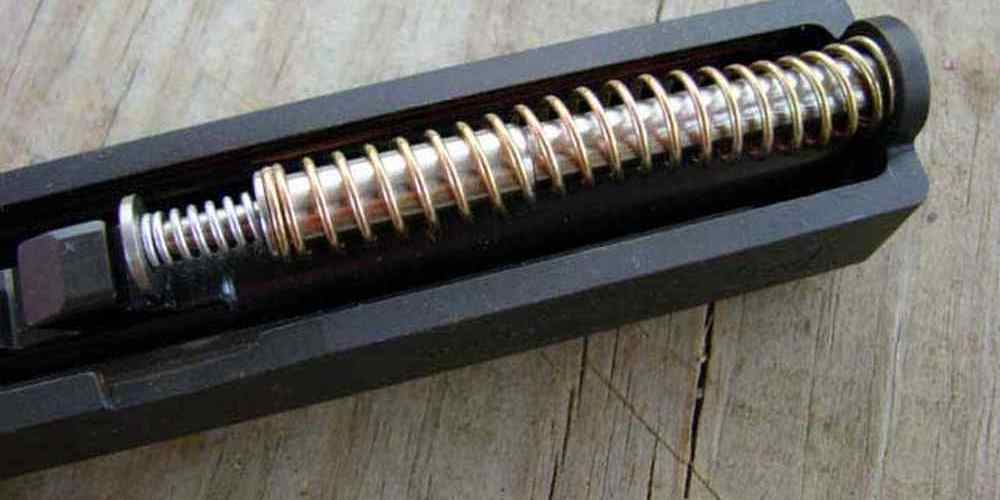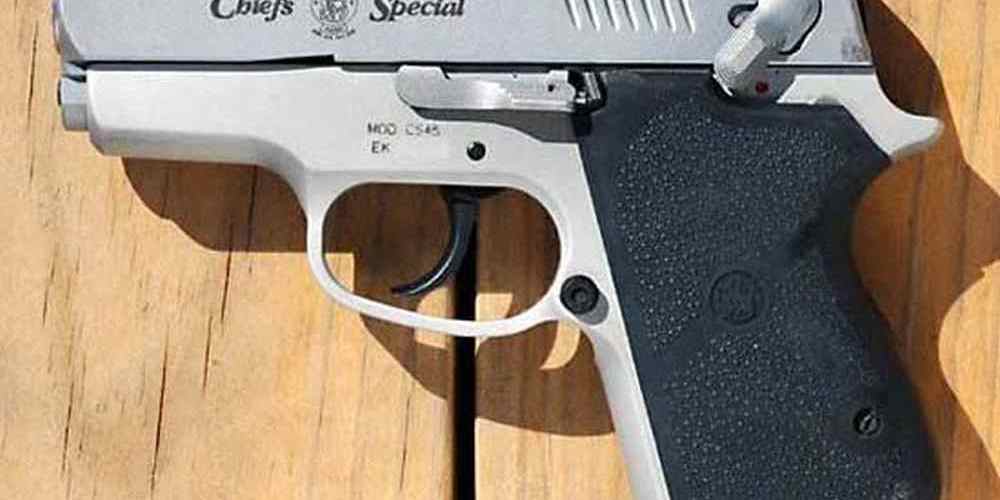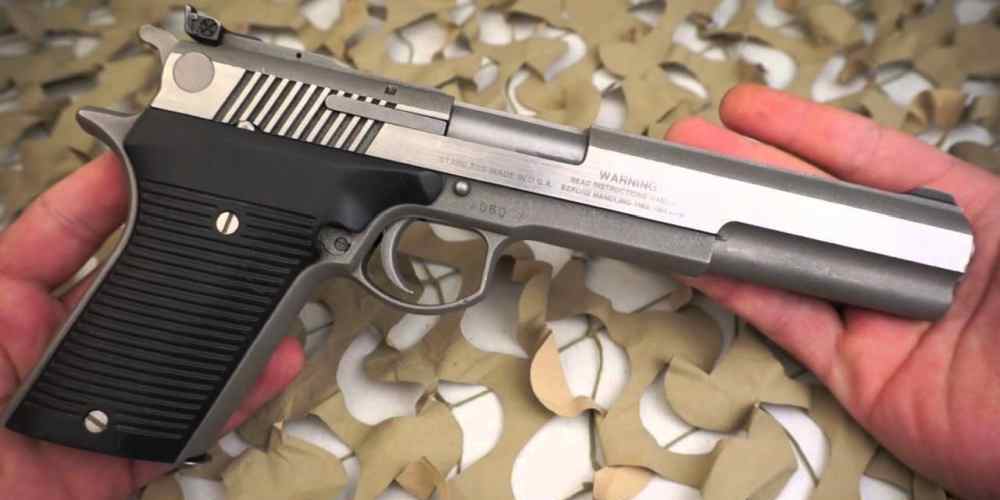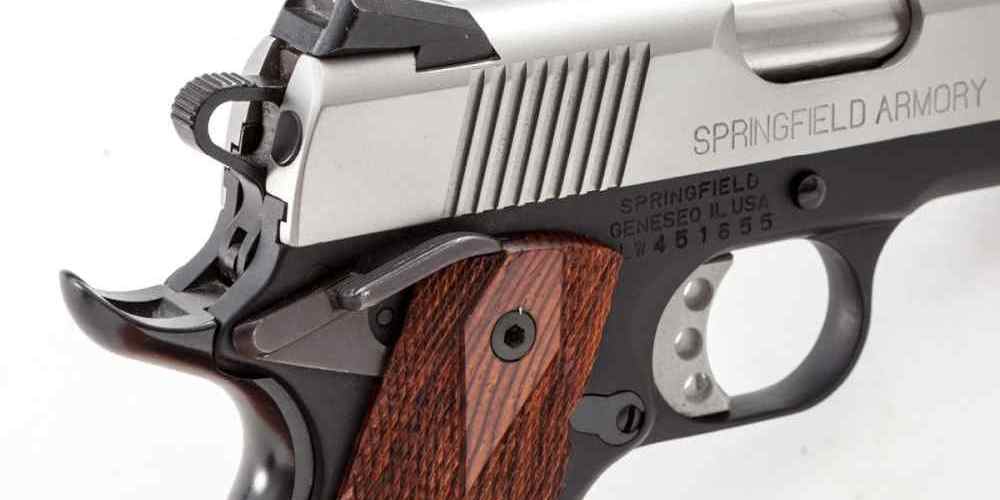Understanding Overpressure Rounds and Their Effects
Overpressure rounds, also known as +P or +P+ ammunition, are cartridges that have been loaded to higher pressures than standard ammunition. These rounds are typically used in firearms designed to handle the increased pressure, such as certain handguns and rifles. While overpressure rounds can offer benefits in terms of increased velocity and stopping power, they also come with potential risks and considerations that shooters should be aware of.
The Science Behind Overpressure Rounds
Standard ammunition is loaded to specific pressure levels determined by industry standards. Overpressure rounds, on the other hand, exceed these standards to achieve higher velocities and energy levels. This can result in greater terminal performance, making them popular among law enforcement and self-defense shooters.
However, the increased pressure generated by overpressure rounds can put additional stress on firearms, particularly older or weaker models. This can lead to accelerated wear and tear on gun components, potentially causing malfunctions or even catastrophic failures if the firearm is not designed to handle the higher pressures.
Effects of Overpressure Rounds
When fired, overpressure rounds produce higher recoil and muzzle blast compared to standard ammunition. This can impact shooter performance, especially for those with limited experience or training. The increased recoil may also affect follow-up shot accuracy and speed, requiring shooters to practice proper technique and control.
In addition, overpressure rounds can cause excessive wear on firearms due to the higher pressures involved. This can lead to more frequent maintenance requirements and potentially shorten the lifespan of the gun if not properly cared for. Shooters should regularly inspect their firearms for signs of stress or damage when using overpressure rounds.
Considerations for Shooters
- Always check the manufacturer’s recommendations before using overpressure rounds in your firearm.
- Ensure your firearm is in good condition and properly maintained to handle the increased pressures.
- Practice proper shooting technique to mitigate the effects of recoil when using overpressure rounds.
- Be aware of potential safety risks associated with overpressure ammunition and take necessary precautions when handling and storing it.
Conclusion
While overpressure rounds can offer advantages in terms of performance, shooters must understand the potential risks and considerations associated with using them. By following manufacturer guidelines, practicing proper shooting technique, and staying informed about safety precautions, shooters can enjoy the benefits of overpressure ammunition while minimizing any negative effects on their firearms or shooting experience.







